Do you know why burying pennies in snake plant soil can be useful? It’s a hidden gardening trick you may not know about!
Gardeners love trying unique tips and tricks to keep their plants healthy. But one hack you might not expect? Burying old pennies in the soil, especially around snake plants. Nope, it’s not for decoration or luck. There’s actually a reason behind it, and it has to do with science and metal.
Do Pennies Have a Secret Use for Gardeners?
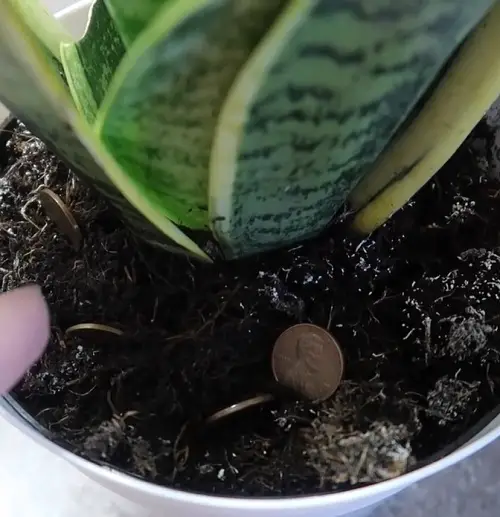
Believe it or not, there’s actually a good reason as to why old pennies can help your snake plant!
Up until 1982, pennies were made of 95% copper, a metal known for its antifungal, pest-repelling, and nutritional capabilities. Since then, though, most pennies are mostly zinc with just a thin copper coating, making the older coins the go-to choice for this plant hack. But what’s the use of copper for snake plants? Let us see!
Why People Are Burying Copper Pennies in Snake Plant Soil
If you thought copper was only for wires and plumbing, here’s where things get interesting.
1. Natural Antibacterial Action
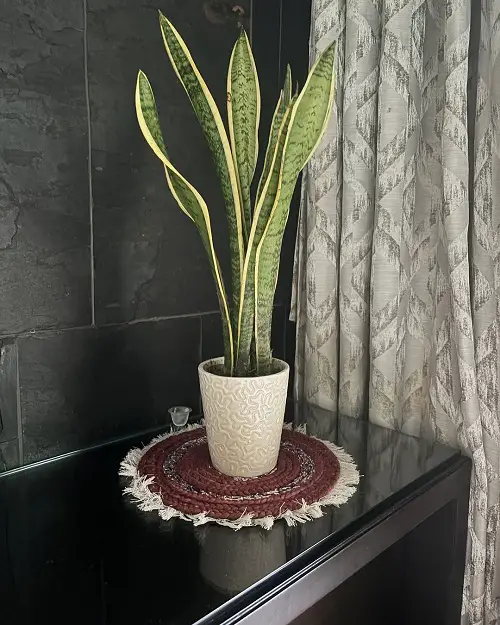
Copper has strong antibacterial properties, so much so that even its alloys tend to be attacked much less than other metals. In fact, copper is now even used for disinfecting water, as it kills the bacteria present in it.
A 2012 study found that storing water in copper pots reduced harmful bacteria, showing how the metal disrupts bacterial activity.
This characteristic is used to protect plants. Copper-rich pennies safeguard the roots and plant by making it less prone to bacterial attacks. Although they will not be as effective as industrial fungicides or pesticides, they are a lot cheaper—literally pennies!
2. Repels Slugs and Snails
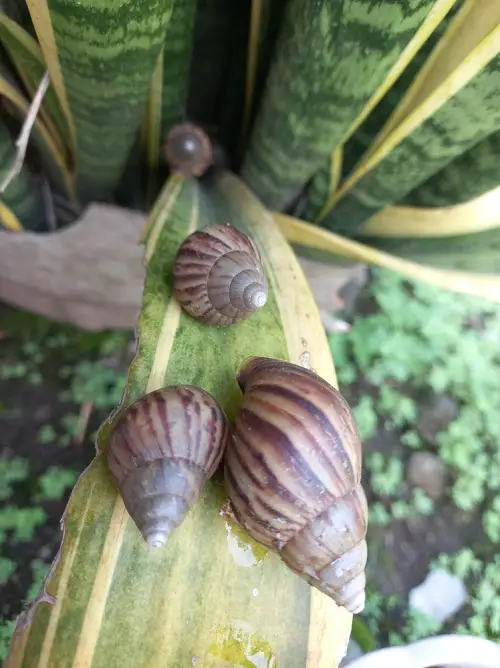
Pests like slugs and snails hate copper. When they touch it, it creates a mild electric charge that irritates their skin, enough to keep them away. Gardeners often use copper tape or rings to protect plants, and a few old pennies might offer some of that benefit in potted plants, too.
Copper-based pesticides have also been very useful against slugs. This study mentions how metallic copper foil has long been known to impede slug and snail movement.
3. Fights Off Fungal Issues
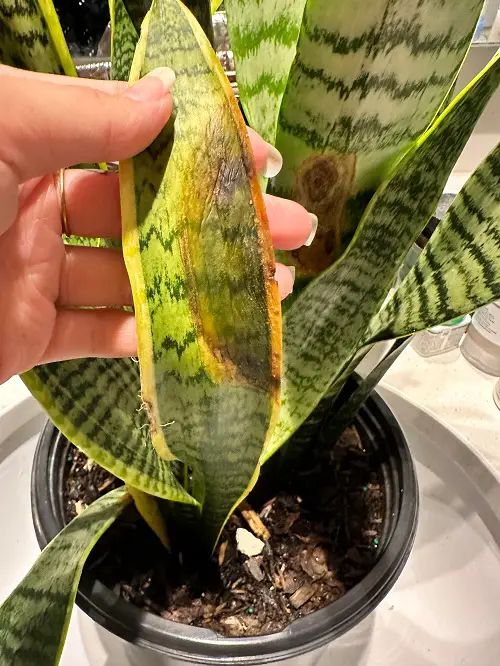
Copper is known to damage fungal cells and limit their spread, which may help reduce the risk of root rot. It’s not a cure-all but could add some passive protection over time.
This is especially beneficial to snake plants, as this succulent loves arid conditions. Accidental overwatering can invite fungal growth and root rot, so the pennies buried within the soil will protect the plant from such issues, and you will have a thriving plant.
4. Micronutrient Boost
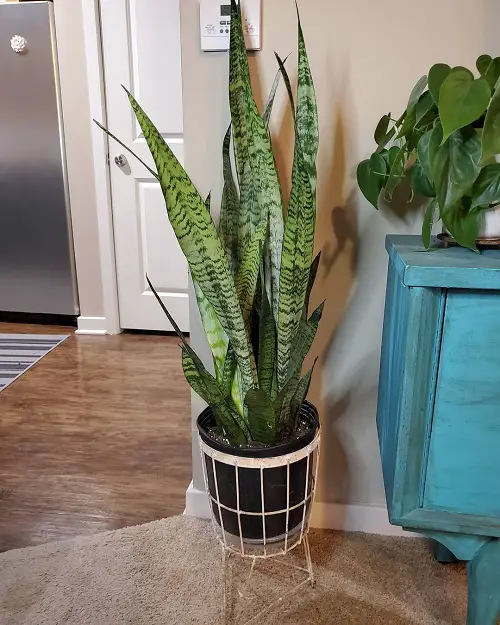
Copper is also a micronutrient that plants need in small amounts. It helps with photosynthesis, enzyme activity, and plant health.
As old pennies slowly corrode, they can release copper into the soil, giving your plant a tiny nutrient boost. But this process is very slow—think years, not months.
Do’s and Don’ts of Burying Pennies Around Snake Plants
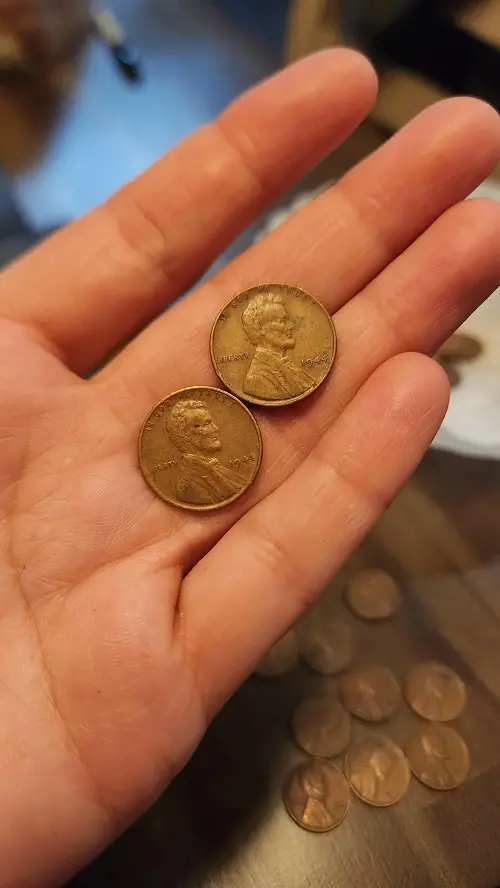
Do’s
- Use pre-1982 pennies for better copper content. Post-1982 ones won’t do much.
- Clean them first—a vinegar and salt soak can help remove gunk and oxidation.
- Bury a few inches deep, not right at the surface, and not too far down.
Don’ts
- Don’t overload your pot with pennies. A few are enough. Too many can mess with drainage and soil balance.
- Do not expect fast results. This trick takes a long time to show any noticeable benefit.
- Don’t skip monitoring. If your plant starts doing worse, take the pennies out and go back to basics.
It’s a slow and small boost, but a fun, low-cost experiment to try in your plant care routine. Just keep your expectations in check, and let nature do its thing.


